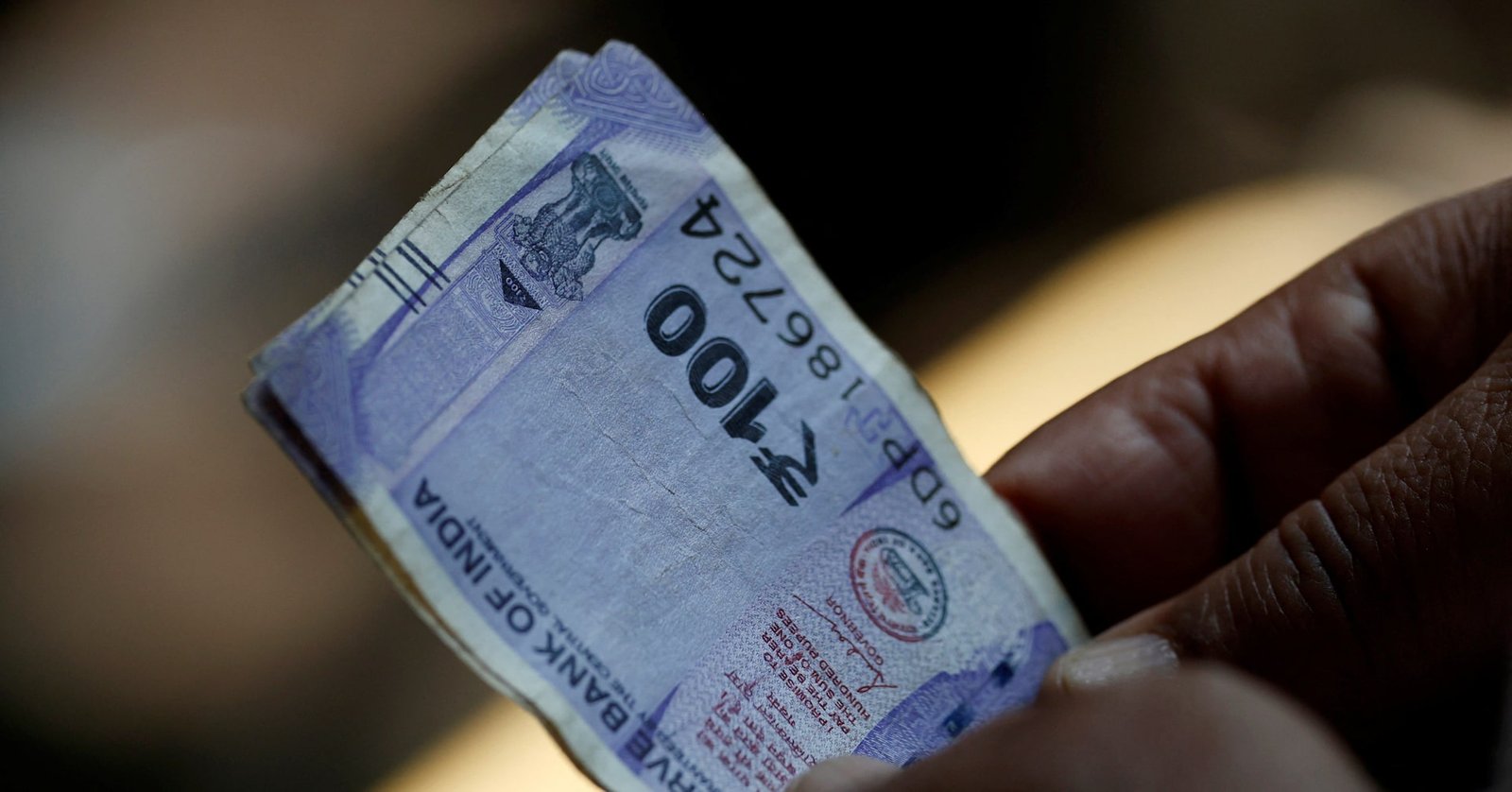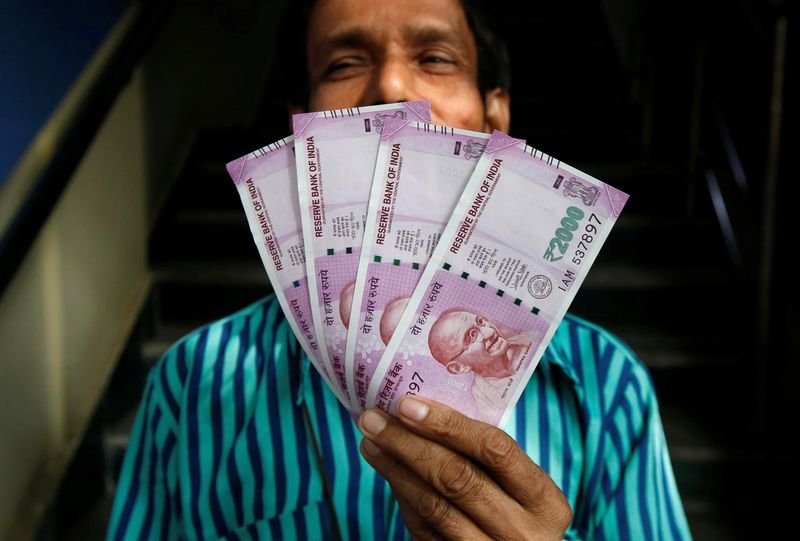- USD/JPY could weaken as BoJ Governor Ueda expressed optimism that conditions for another rate hike are coming into place.
- The US Dollar may struggle as expectations grow for a Federal Reserve interest rate cut in September.
- Fed Chair Powell stated that risks to the labor market are increasing, while also noting that inflation remains a concern.
USD/JPY appreciates after registering around 1% losses in the previous session, trading around 147.40 during the Asian hours on Monday. However, the upside of the pair could be limited as the Japanese Yen (JPY) may regain ground after hawkish comments from the Bank of Japan (BoJ) Governor Kazuo Ueda at the Jackson Hole symposium on Saturday.
BoJ Governor Ueda signaled his optimism that conditions for another interest rate hike were taking shape. He stated that wage hikes are spreading from large enterprises to small and medium enterprises and are likely to keep accelerating due to a tightening job market, per Reuters.
Additionally, data released on Friday showed that Japan’s core inflation slowed for a second consecutive month in July but remained above the Bank of Japan’s 2% target, sustaining market expectations of another rate hike in the coming months. The nationwide core consumer price index (CPI), which excludes fresh food, rose 3.1% year-on-year in July, slightly above the median forecast of 3.0%.
The USD/JPY pair may lose its ground as the US Dollar (USD) may face challenges due to the rising likelihood of a Federal Reserve (Fed) interest rate cut in September, driven by the comments from Fed Chair Jerome Powell at the Jackson Hole symposium on Friday.
The Fed Chair Powell stated that risks to the job market were growing, but also said that inflation remained a threat and that a decision wasn’t set in stone. Powell further stated that the Federal Reserve still believes it may not need to tighten policy solely based on uncertain estimates that employment may be beyond its maximum sustainable level.
Japanese Yen FAQs
The Japanese Yen (JPY) is one of the world’s most traded currencies. Its value is broadly determined by the performance of the Japanese economy, but more specifically by the Bank of Japan’s policy, the differential between Japanese and US bond yields, or risk sentiment among traders, among other factors.
One of the Bank of Japan’s mandates is currency control, so its moves are key for the Yen. The BoJ has directly intervened in currency markets sometimes, generally to lower the value of the Yen, although it refrains from doing it often due to political concerns of its main trading partners. The BoJ ultra-loose monetary policy between 2013 and 2024 caused the Yen to depreciate against its main currency peers due to an increasing policy divergence between the Bank of Japan and other main central banks. More recently, the gradually unwinding of this ultra-loose policy has given some support to the Yen.
Over the last decade, the BoJ’s stance of sticking to ultra-loose monetary policy has led to a widening policy divergence with other central banks, particularly with the US Federal Reserve. This supported a widening of the differential between the 10-year US and Japanese bonds, which favored the US Dollar against the Japanese Yen. The BoJ decision in 2024 to gradually abandon the ultra-loose policy, coupled with interest-rate cuts in other major central banks, is narrowing this differential.
The Japanese Yen is often seen as a safe-haven investment. This means that in times of market stress, investors are more likely to put their money in the Japanese currency due to its supposed reliability and stability. Turbulent times are likely to strengthen the Yen’s value against other currencies seen as more risky to invest in.







